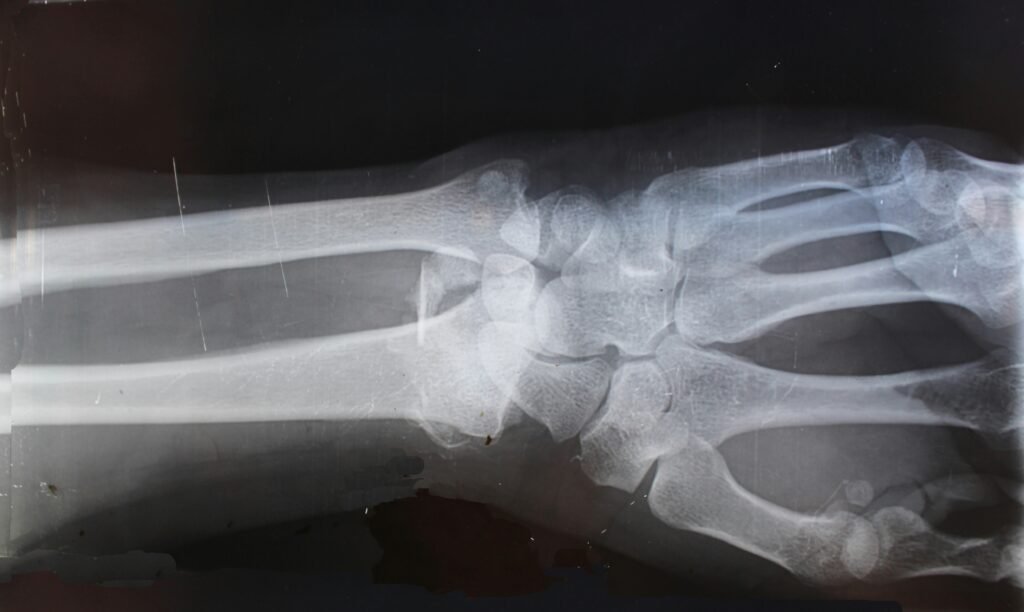
Fitness Strategies That Support Healthy Aging
When you think about fitness, it’s easy to focus on short-term goals — dropping a few pounds, building visible muscle, or preparing for an event. But the most powerful reason to work out isn’t about the next 12 weeks. It’s about the next 20, 30, or 40 years. Healthy aging starts now, and the way you train today determines the quality of your life tomorrow.
Why Long-Term Fitness Matters
Aging doesn’t have to mean slowing down or losing independence. In fact, research shows that consistent strength training, cardiovascular work, and mobility exercises can help you maintain muscle mass, protect bone density, keep joints healthy, and even support brain function well into your later years.
The difference lies in training with longevity as the primary goal — choosing movements and habits that you can sustain for decades, not just months.
Key Fitness Strategies for Healthy Aging
1. Prioritize Strength Training
Muscle loss (sarcopenia) naturally accelerates after 40, but it’s not inevitable. Lifting weights or using resistance bands at least 2–3 times a week maintains muscle, boosts metabolism, and supports strong bones.
- Focus on compound lifts like squats, deadlifts, push-ups, and rows.
- Use progressive overload, but increase weight slowly to protect joints.
2. Keep Your Heart Strong
Cardiovascular fitness keeps your circulatory system healthy, which supports every other system in your body.
- Include moderate-intensity cardio (brisk walking, cycling, swimming) for 150 minutes a week.
- Add short bursts of higher-intensity work (interval training) if your health allows.
3. Don’t Skip Mobility & Flexibility Work
A flexible body is a resilient body. Stretching, yoga, and dynamic warm-ups improve posture, reduce injury risk, and help you move comfortably as you age.
4. Support Your Joints
Low-impact exercises like swimming or elliptical training can help you stay active while giving your joints a break. Pair this with strength work to keep your joints stable and protected.
5. Make Recovery a Priority
Adequate sleep, proper nutrition, and active recovery days are essential for long-term progress. Overtraining accelerates wear and tear — balance is the key.
Nutrition for Longevity
The right fuel helps your body repair, recover, and stay strong.
Antioxidants: Colorful fruits and vegetables protect cells from aging-related damage.
Protein: Supports muscle repair and bone health — aim for consistent intake from plant-based or lean sources.
Healthy Fats: Omega-3s reduce inflammation and protect joints.
Micronutrients: Calcium, vitamin D, magnesium, and potassium are vital for strong bones and muscle function.
A Lifetime Payoff
Longevity-focused training isn’t about looking your best for summer — it’s about being able to climb stairs at 80, play with your grandkids, travel without limits, and keep your independence for as long as possible.
The earlier you start, the more you gain. But no matter your age, your future self will thank you for what you do today.
“Train today for the body you’ll need tomorrow — strength is the true currency of a long, vibrant life.”
Discover more from wellnesswaynews.com
Subscribe to get the latest posts sent to your email.


